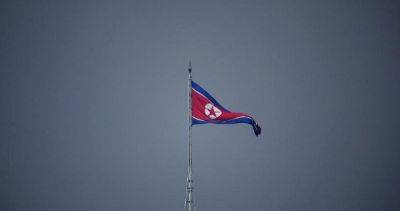What stands in the way of a China-Japan-South Korea free-trade deal
Beyond the Regional Comprehensive Economic Partnership (RCEP), the three economies are resuming negotiations on a free-trade area.
Last year, China, Japan and South Korea made 140,777 Patent Cooperation Treaty applications altogether, 2.5 times the US’ total, and more than three times what the next six countries in the top 10 submitted in all.
03:10
Trade and Taiwan discussed at 3-way summit for Chinese, Japanese and South Korean leaders
Notwithstanding the strategic importance of the Chinese market, export-oriented Japan and South Korea are expected to subjugate their economic prosperity to the US geopolitical agenda. In undermining the semiconductor supply chain in East Asia for its selfish ends, the US is threatening global prosperity in the digital age, a time when semiconductors are embedded in almost everything, from cars to cameras.
American geopolitical influences are unfolding against much deeper historical dynamics among the three countries. Chinese and Korean national identities have been shaped by imperial Japan’s invasion and colonialism. Taiwan and Korea were both colonised by Japan until the end of the second world war.
In the context of global geopolitics and domestic nationalism, China’s relations with Japan and South Korea are influenced by more than just economic logic. China must better manage how it is perceived by its neighbours. Japan and South Korea have often competed in various international surveys for the distinction of having the most negative perception of China.
01:56
Diaoyu-Senkaku islands spat deepens as Japan warns China over coastguard ships in East China Sea
The protracted negotiations for a free-trade agreement stem from an interplay of historical grievances and economic competition. But such







